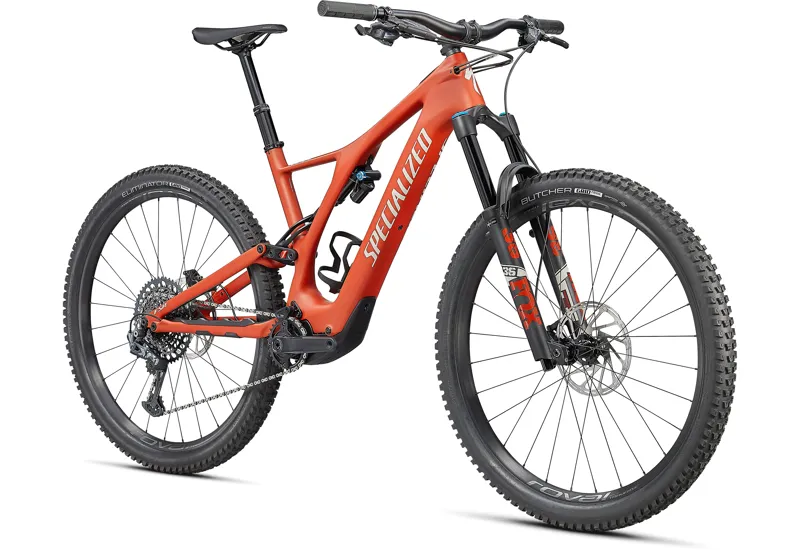
1.24.11 Stationery, gifts, books, newspapers.1.24.6 Do-it-yourself, household, building materials, gardening.1.24.2 General store, department store, mall.1.22.2 Additional track features or attributes.1.19.3 Populated settlements, urban and rural.

1.19.1 Administratively declared places.1.13.3 Common landuse key values - waterbody.1.13.2 Common landuse key values - rural and agricultural land.1.13.1 Common landuse key values - developed land.1.11.10 Lifecycle (see also lifecycle prefixes).1.11.9 Street parking tagged on the main roadway (see Street parking).

1.11.8 Cycleway tagged on the main roadway or lane (see Bicycle).


Short descriptions of tags that relate to particular topics or interests can be found using the feature pages. However, users can create new tags to improve the style of the map or to support analyses that rely on previously unmapped attributes of the features. The community agrees on certain key and value combinations for the most commonly used tags, which act as informal standards. OpenStreetMap's free tagging system allows the map to include an unlimited number of attributes describing each feature. Each tag describes a geographic attribute of the feature being shown by that specific node, way or relation. OpenStreetMap represents physical features on the ground (e.g., roads or buildings) using tags attached to its basic data structures (its nodes, ways, and relations).


 0 kommentar(er)
0 kommentar(er)
